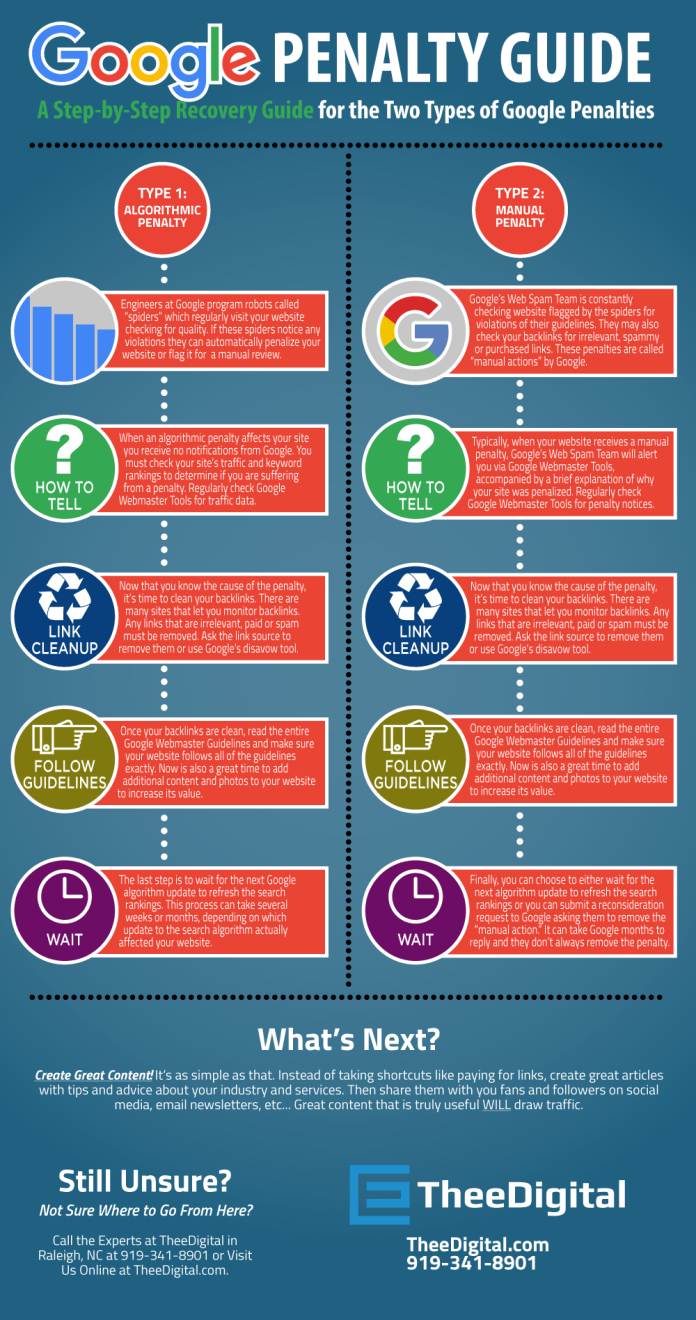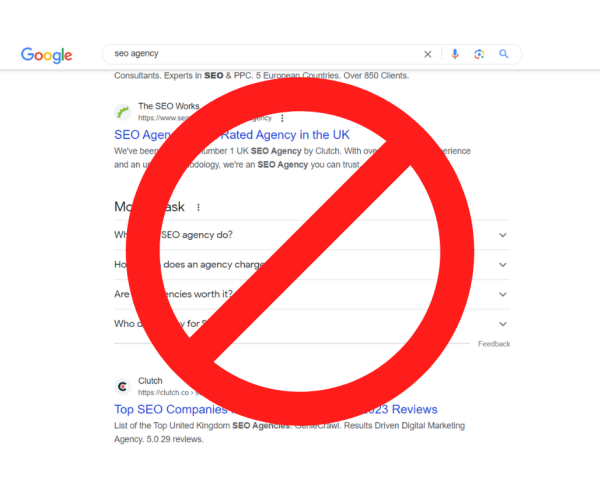Have you ever wondered about the consequences of breaking the rules in the online world? Well, let’s talk about Google penalties. Whether you are a seasoned website owner or just starting to dabble in the world of digital marketing, it is crucial to understand what a Google penalty is and how it can impact your online presence. In this article, we will explore the ins and outs of Google penalties, their potential causes, and most importantly, how you can avoid getting one. So, buckle up and let’s navigate the world of Google penalties together.
What is a Google Penalty?
If you own a website or are involved in online marketing, you’re probably familiar with Google. It’s the most popular search engine in the world, and it plays a crucial role in driving traffic to websites. However, did you know that Google has a set of guidelines that all website owners should follow? These guidelines are designed to ensure that websites provide valuable and relevant information to users.
When a website violates these guidelines, it could face a Google Penalty. A Google Penalty is a punitive action taken by Google against a website that fails to comply with its guidelines. The purpose of this penalty is to maintain the quality of search results and prevent websites from manipulating rankings.
Review contents
Definition of a Google Penalty
A Google Penalty refers to the negative impact on a website’s search rankings and organic traffic as a result of violating Google’s guidelines. These penalties can be algorithmic, which means they are automatically applied by Google’s search algorithms, or they can be manual, in which case they are manually imposed by Google’s webspam team.
Types of Google Penalties
There are two main types of Google Penalties: algorithmic penalties and manual actions. Both types can have significant consequences for a website’s visibility and organic traffic.
This image is property of www.theedigital.com.
Algorithmic Penalties
Algorithmic penalties are applied automatically by Google’s search algorithms when they detect violations of the guidelines. Here are some of the most common algorithmic penalties:
Panda Penalty
The Panda Penalty targets websites with low-quality content. This penalty specifically addresses issues such as duplicate content, thin or shallow content, content farming, keyword stuffing, and user engagement issues. If your website is hit by the Panda Penalty, it can lead to a significant drop in search rankings and organic traffic.
Penguin Penalty
The Penguin Penalty focuses on unnatural links pointing to a website. This penalty is aimed at websites that engage in link spamming, buying or selling links, over-optimizing anchor text, and participating in link schemes. If your website is hit by the Penguin Penalty, it can result in a decrease in search rankings and organic traffic.
Hummingbird Penalty
The Hummingbird Penalty penalizes websites with poor semantic understanding and low-quality content. It targets websites that engage in keyword stuffing and fail to provide valuable and relevant information to users. If your website is hit by the Hummingbird Penalty, it can lead to a decrease in search rankings and organic traffic.
Mobile-Friendly Penalty
The Mobile-Friendly Penalty is imposed on websites that do not offer a mobile-friendly design or provide a poor user experience on mobile devices. With the increasing use of smartphones and tablets, Google prioritizes websites that are mobile-friendly. If your website is hit by the Mobile-Friendly Penalty, it can result in a loss of visibility in search results and organic traffic.
This image is property of image.isu.pub.
Manual Actions
In addition to algorithmic penalties, Google also imposes manual actions on websites that violate its guidelines. These manual actions are initiated by Google’s webspam team and can have severe consequences for a website’s search rankings and organic traffic. Some common manual actions include:
Google Webmaster Guidelines
Google expects website owners to follow its Webmaster Guidelines, which outline the best practices for creating and maintaining a website. Violating these guidelines can lead to manual actions and a negative impact on search rankings and organic traffic.
Link Schemes
Engaging in manipulative link schemes, such as buying or selling links, can result in a manual action by Google. It’s important to build natural and relevant backlinks to your website instead of resorting to black hat SEO techniques.
User-Generated Spam
If your website allows users to contribute content, it’s crucial to have systems in place to prevent user-generated spam. Failing to moderate and control spam can result in a manual action by Google.
Hidden Text or Links
Hiding text or links on a webpage with the intention of manipulating search rankings is against Google’s guidelines. If your website is found to have hidden text or links, it can lead to a manual action.
Pure Spam
Websites that engage in pure spam, such as automatically generated and low-quality content, can face manual actions from Google. It’s essential to provide valuable and relevant information to users to avoid being labeled as pure spam.
This image is property of assets.website-files.com.
How to Avoid Google Penalties
To keep your website in good standing with Google and avoid penalties, it’s important to follow these best practices:
Follow Google’s Quality Guidelines
Make sure your website complies with Google’s Webmaster Guidelines. These guidelines outline the best practices for creating, maintaining, and optimizing your website.
Create High-Quality and Unique Content
Focus on producing high-quality and unique content that provides value to your audience. Avoid duplicate content, thin or shallow content, and content farming.
Build Natural and Relevant Backlinks
Instead of buying or selling links, focus on building natural and relevant backlinks to your website. This can be done through outreach, guest posting, and creating valuable content that others naturally want to link to.
Avoid Black Hat SEO Techniques
Stay away from black hat SEO techniques such as keyword stuffing, link schemes, and hidden text or links. These techniques are against Google’s guidelines and can result in penalties.
Regularly Monitor and Analyze Website Performance
Keep a close eye on your website’s performance by regularly monitoring and analyzing your search rankings, organic traffic, and user behavior. This will help you identify any potential issues and take corrective actions promptly.
Stay Updated with Google’s Algorithm Changes
Google’s search algorithms are constantly evolving, and it’s important to stay updated with these changes. This will help you stay on top of any new guidelines or best practices that may impact your website’s search rankings.
Use Webmaster Tools to Identify Issues
Google provides a range of tools, such as Google Search Console, to help you monitor and identify any issues with your website. Use these tools to identify and fix any detected issues promptly.
Fix Detected Issues Promptly
If you do identify any issues with your website that could potentially result in a penalty, take immediate action to fix them. This could involve improving content quality, removing unnatural links, or redesigning your website for better mobile usability.
In conclusion, understanding what a Google Penalty is and how it can impact your website is crucial for any website owner or online marketer. By following Google’s guidelines, creating high-quality content, building natural backlinks, and staying updated with algorithm changes, you can minimize the risk of receiving a Google Penalty and maintain a healthy online presence.
This image is property of wildcatdigital.co.uk.





























